The Process
Recently I experimented with a wedge put together with an old Yamaha SM10H box, an Eminence Beta 10 and a piezo tweeter. There was no crossover. I set up the mic at my ear level and put it on a line perpendicular to a point on the face of the box between the woofer and tweeter then ran a sweep at moderate volume. Next I moved the box a couple of inches at a time toward the mic, measuring at each position.
Position 1

In the first image you see several things going on. There is an area between 100Hz and 200Hz with increased response, a large peak just above 3kHz and a mess of cancellation in the 4kHz area.
Position 2
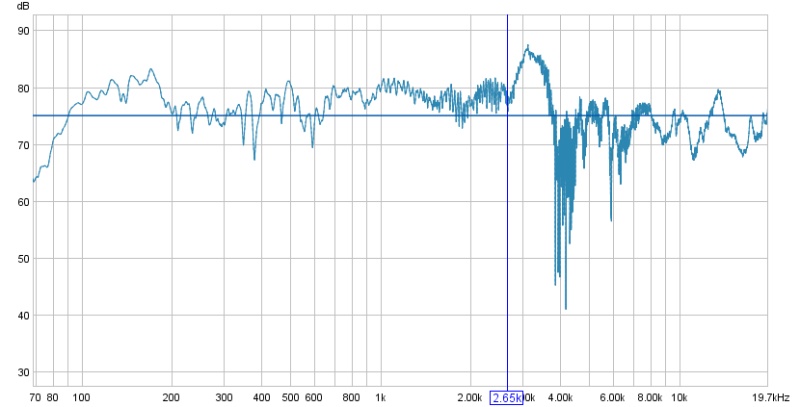
In the second position notice that the peak moved slightly up in frequency and the interference around 4k is noticeably less severe.
Position 3
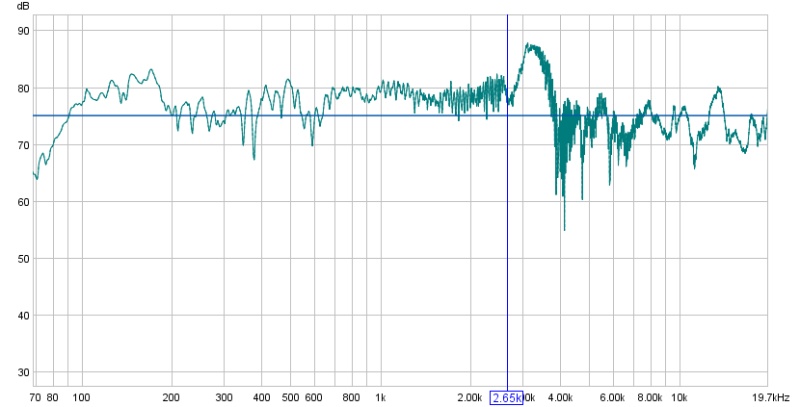
The interference becomes still less severe in the third position.
Position 4
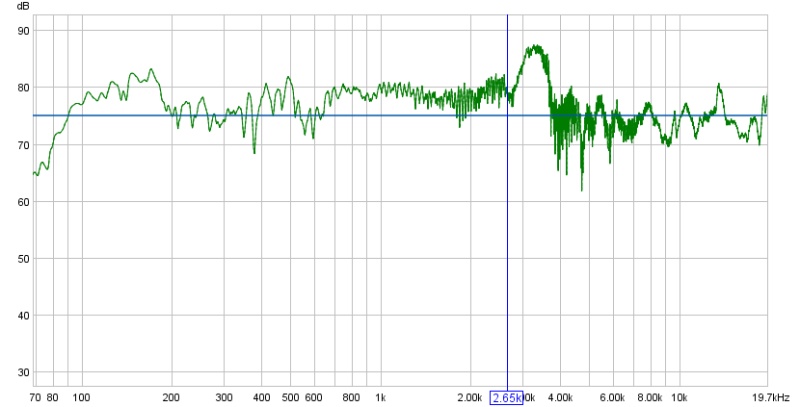
In the fourth position the interference almost disappears. Because of the different depths of the two drivers it takes being off axis vertically from the point on the face of the cabinet midway between them to be in a position roughly equidistant from both drivers where cancellation is minimized. The tweeter is a bit deeper than the woofer.
Position 5
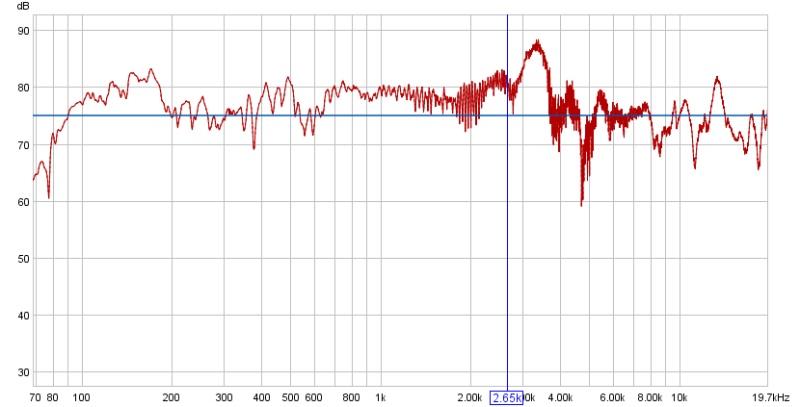
Pushing the box still further in, it goes past the point of coherence. A listener my height would be able to see the top of the cabinet.
Position 6
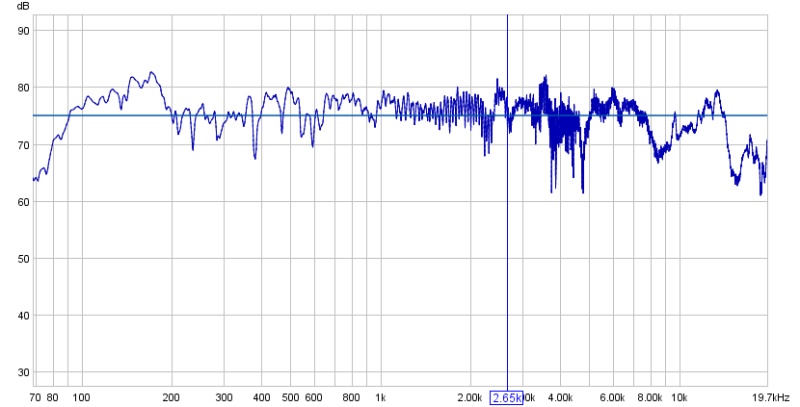
Out of curiosity I put the cabinet back to the fourth position and turned it 45° off axis. The nasty peak in the response of the Beta 10 woofer flattened out nicely.